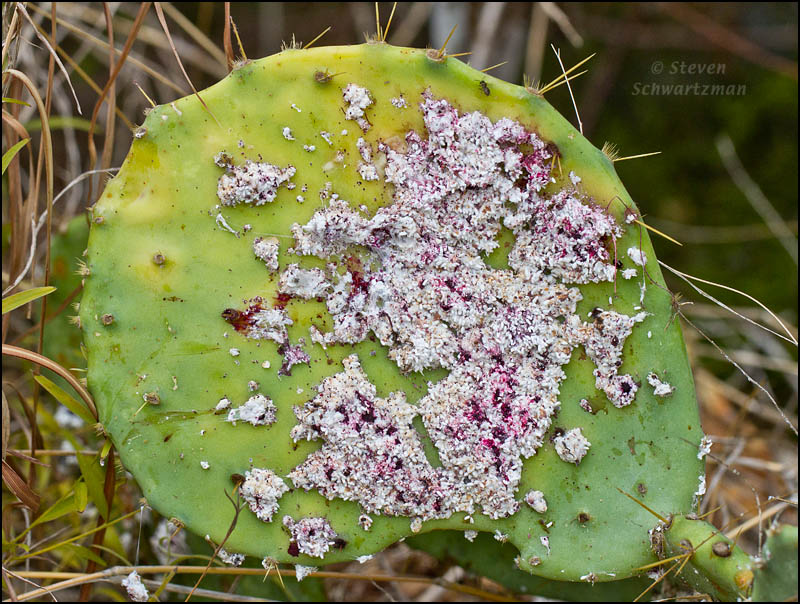When we first started this Unit in color pigment analysis, I was really eager to learn how some of the pigments were made. When we first started learning about manuscripts, we became well-informed about how the manuscript was made and some stuff about what the inks were possibly made out of, but nothing very detailed on how pigments were made. Because we learned about the very intricate way that manuscripts were produced, I began to wonder if making a pigment was a very thorough process as well. So, in going into our color reports I was very intrigued to learn anything about what pigments make what color and how they were made from that pigment.
For my color report, I was designated to research the color red, specifically the lighter shades such as pink. Upon being given the color pink, I was enthused, as pink is one of my favorite colors, and curious, as pink is not a color that you come across often in manuscripts, in my experience with viewing manuscripts. In many of the facsimiles that we have viewed in class, pink was not a pigment that appeared often. Additionally, in our fragments in class, only one group out of five has pink pigment in their fragment. Other colors like reds, blues, and greens were utilized more often than any other colors. So in going into my research, I had no presumptions where the pigment for pink would come from other than the possibility that two pigments that produced red and white were combined to make it. As I discovered, there was two main ways for the pink pigment to be produced, one being from plants’ roots or woods and the other being from insects.

Some of the most common ways that the pink and lighter red pigments were produced was from plants or woods, such as madder roots and brazilwood. The pigment madder was found in madder roots of the Rubia tinctorum plant, and made into madder lakes that produced red coloring. What is a lake, you ask? It is a pigment manufactured by precipitating a dye with a binding agent, like gums or waxes or even egg whites. Madder lakes produced a variety of shades for the color red: scarlet, carmine red, and pink. After the 16th century in Europe, madder became the most commonly used dye for red, as it was thirty times cheaper than insect based pigments and it was just as bright and permanent as insect based pigment. Fun Fact: Madder pigment is still used today for red in textiles.
Before madder became the most common lake for the red coloring,

brazilwood lakes were the greatest source for red pigments. Brazilwood lakes produced a variety of lighter red colors, such as pinks or rose colors. From the 12th century to the 15th century, brazilwood was the most commonly used pigment for pinks, as it was very cheap compared to insect based colors and it was highly esteemed by medieval painters. Unfortunately, brazilwood was not very permanent and it was replaced by madder after the 16th century.

Another main source for the pink and lighter red pigments were made from insects, which were parasitic to the trees. Insect based pigments produced a wide range of color from deep reds to violet purples. Before the 16th century, kermes, an insect that feeds on the sap of evergreen oak trees, was the main source of insect colors in Europe. However, the cochineal insect from the Americas replaced Kermes for insect dye in textiles and manuscript illuminations. Upon learning this information, I was very shocked to discover that a common source for the pink pigment was from insects, because to me, it is really weird that a bug could be the source of a color rather than from something like a plant or fruits that leave stains on your hands as you eat them.

After researching pigments that produced lighter reds and pinks, I feel a little bit more comfortable in my knowledge of where pigments can come from. I think that knowing where a pigment comes from makes the production of that pigment seem more concrete than just using the color and having no idea what it is made from. Additionally, I find the production of pigments to be a very captivating component to the process of manuscript production. After I learned all of this information about possible sources of the color pink, I think it would have been really cool to analyze a sample of pink in our spectra analysis of our fragments, but unfortunately none of the colorants would show up in the spectra as all the elements have atomic numbers smaller than twelve. However, now that I know that some manuscripts or medieval painting used pink color, I feel a bit more prepared to talk about where the pink color could have possibly came from. All in all, I found it very interesting to be able to see where pink and lighter shades of reds came from because most of the time you see a color and do not know where that color comes from, so it makes it all the more intriguing when you find out that pink pigments comes from things like bugs.
By: Nicole Todd
For more information on pigments, check out the Fitzwilliam’s Illuminated website
http://www.fitzmuseum.cam.ac.uk/illuminated
Picture Citations
Kermes insect:
No Title
No Description
Brazilwood Tree:
No Title
No Description
Cochineal Insect:
No Title
No Description
Madder, Rubia Tinctorum:
No Title
No Description